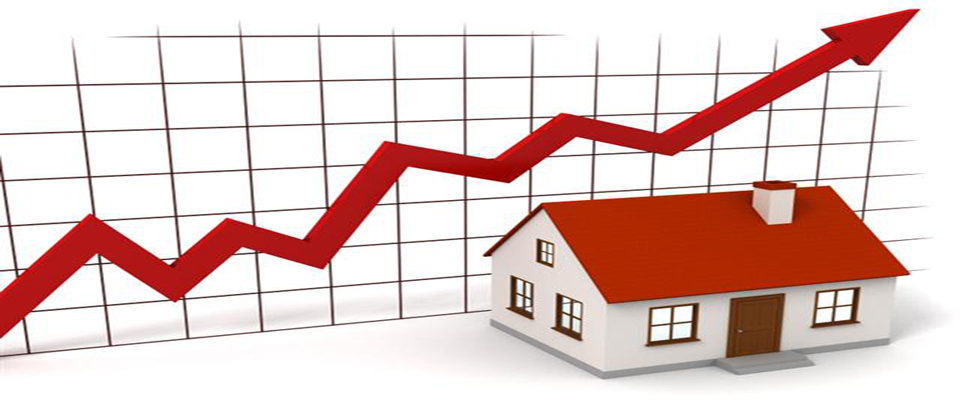
The majority of counties in the State recorded price increases in Quarter Two this year, the latest Real Estate Alliance Average House Price Survey has found.
However, it is the lack of supply of suitable properties in a scarce market that has caused these rises, exacerbated by the effect of would-be commuters moving ever further from Dublin to acquire affordable homes.
“We are seeing firms who are in business for 50 years who have never experienced such a low level of supply, and this is responsible for causing sharp increases in prices in some areas over the past three months,” said REA Chairman Michael O’Connor.
The average three bed semi nationally now costs €195,361, an increase of over €4,000 (+2.18%) since the end of March. This is a rise of 4.49% against the same time last year.
The REA Average House Price Survey concentrates on the sale price of Ireland's typical stock home, the three-bed semi, giving an up-to-date picture of the property market in towns and cities countrywide to the end of Q2 this week.
While prices in Dublin city and county grew by +1.4% to €363,333 since March, competition for scarce housing below the Central Bank’s €220,000 deposit limit in both the inner and outer commuter areas is fuelling an inflationary market.
Prices in commuter counties, Cork and Galway have risen by €5,000 to €214,588 (+2.4%) while those in the rest of the country have increased by over €3,000 to €128,768 (+2.75%).
Three-bed semi prices in Kilkenny city rose by €20,000 or 12.5% in the past three months, a figure that is entirely driven by record low supply, according to Michael Boyd of REA Boyds.
"Our analysis of the Price Register tells us that there are 15 less units per month selling in the county than this time last year – and that this is the lowest level since these records began,” he said.
“We are finding that demand is strong, mainly from loan-approved returned emigrants or Eastern European buyers.
“We desperately need new building to start, especially as prices for quality stock are now well into viable levels for builders to commence."
As the flight to another of the outer commuter counties continues, prices in Laois have risen by €10,000 (+8%) in the past three months.
Prices in Kildare (€242,500) have remained static in the four main towns, due to a low supply of suitable housing stock, combined with a relatively higher price to neighbouring counties.
In contrast, Meath has now broken the €200k barrier (€201,250) following a 3.21% growth in three months, as Dublin–based commuters move out to houses they can afford under the Central Bank’s deposit guidelines.
In Wicklow, prices in Blessington have risen from €240,000 to €265,000 in a three-month period, a rise of 10.42%, with agent REA Murphys advising that there is a bubble in the three bed semi market.
Prices in the county as a whole have gone up by 4.44% to €235,000 over the past three months.
Louth continues to act as a microcosm of commuters travelling further in search of affordable homes with Dundalk enjoying a rise of 11.1% in three months (€150,000) while pricier homes in Drogheda (€203,000) have risen by just over the national average at 2.78%.
“There is no doubt that the major factors affecting the Irish property market at the moment are supply of housing, the Central Bank restrictions, the banks’ mortgage lending policies and high rents,” said REA Chairman Michael O’Connor.
“We have seen each of these influence the market to different degrees over the past 15 months.
“The Central Bank restrictions were brought in to calm a market bubble but we are now seeing the lack of supply very definitely fueling house price inflation on its own.
“We now need to address the roadblocks in the way of building new suitable family homes.
“We feel that the State ultimately needs to implement a 50% vat reduction on new homes, backed up by rebate schemes on local development charges on a nationwide basis.
“Nama need to accelerate sales of land on the open market as well as selling through loan sales.
“In conjunction, there is a need to fast track planning within the correct zoning for urban land bought within the next two years.”
In North County Dublin, the market has stagnated due to a lack of new builds while south County Dublin has grown by 2.19% to €350,000 and Dublin city only by 1.4% to €363,333.
“Where property is moving in Dublin it is due to supply fueling rises or investors looking to exit the market, even in spite of increasing rents,” said Michael O’Connor.







